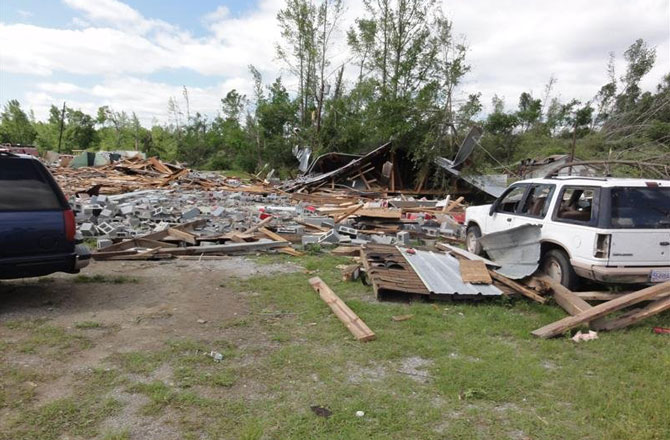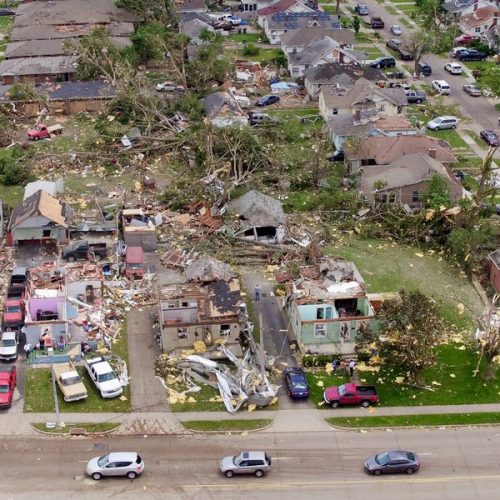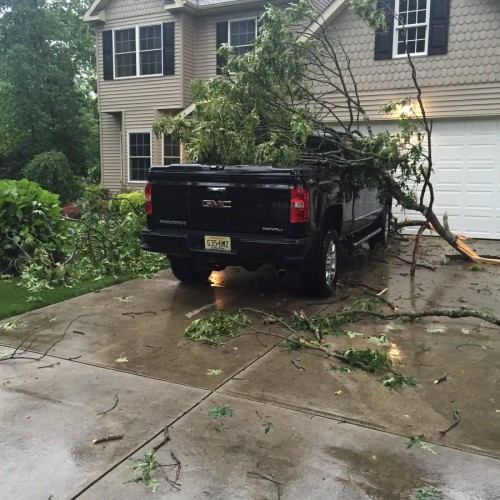Scientists aren’t sure why, but tornado outbreaks — large-scale weather events that last for one to three days and span across big regions — seem to be getting bigger, with more twisters on average.
Worse yet, we’re also seeing increased changes of having extreme outbreaks — such as the April 25-28, 2011 “Super Outbreak” that generated 305 tornadoes over an area stretching from New York to Texas, and included three massive tornadoes that rated F5, the highest category on the Enhanced Fujita Scale. That catastrophe killed nearly 350 people and caused an estimated $11 billion in property damage.
Those scary findings are in an study published recently in Nature Communications, in which Columbia University researchers looked at data going back to 1954.
The researchers found that the average number of tornadoes in an outbreak has increased by 50 percent, from 10 to 15. If there’s any good news, it’s that the number of tornadoes rated F1 and higher on the Fujita — the ones capable of causing substantial property damage — isn’t rising.
he study’s authors said in a press release that they’re not sure what exactly is driving the increases.
“The science is still open,” said lead author Michael Tippett, a climate and weather researcher at Columbia University’s School of Applied Science and Engineering and Columbia’s Data Science Institute. “It could be global warming, but our usual tools, the observational record and computer models, are not up to the task of answering this question yet.”
Tippett said that many scientists expect the frequency of atmospheric conditions favorable to tornadoes to increase in a warmer climate — but even today, the right conditions don’t guarantee a tornado will occur
“When it comes to tornadoes, almost everything terrible that happens, happens in outbreaks,” Tippett explained. “If outbreaks contain more tornadoes on average, then the likelihood they’ll cause damage somewhere increases.”
The study was co-authored by Joel Cohen, director of the Laboratory of Populations, which is based jointly at Rockefeller University and Columbia’s Earth Institute.
Despite the longer-term pattern, the past several years have seem reduced numbers of tornadoes in the United States, according to the National Oceanic and Atmospheric Administration. The agency received about 1,000 reports of tornadoes in 2015, compared with 1,625 in 2011, one of the most violent and deadly tornado years on record. The deadliest single event in 2015 was a tornado in northern Mississippi on Dec. 23 that killed nine people.





